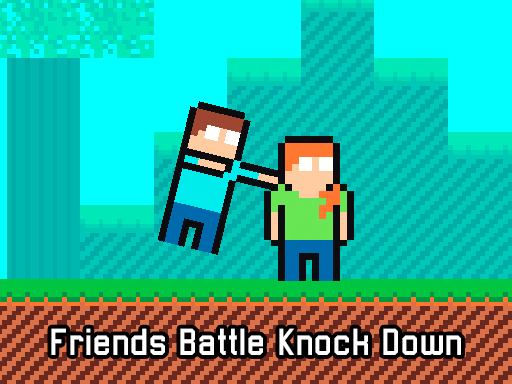HTML5 gaming continues to evolve, offering improved performance, better graphics, and more immersive experiences. With advancements in browser technology, cross-platform compatibility, and new game development frameworks, HTML5 games are becoming more engaging and accessible than ever. Here are the latest updates and trends shaping the HTML5 gaming landscape.
1. Enhanced Performance and Optimization
Better Browser Support for WebGL and WebAssembly
Modern browsers like Chrome, Firefox, and Edge have improved support for WebGL and WebAssembly, enabling higher-quality graphics and smoother gameplay.
Developers are leveraging WebAssembly to optimize game performance, making complex games run more efficiently.
Reduced Load Times with Progressive Web Apps (PWAs)
Many HTML5 games now function as PWAs, allowing for faster loading and offline gameplay.
PWAs improve caching and performance, making HTML5 games feel more like native apps.
2. Growing Popularity of Cloud Gaming for HTML5
Integration with Cloud Gaming Services
Platforms like Google Stadia, NVIDIA GeForce Now, and Xbox Cloud Gaming are beginning to support HTML5-based games.
Cloud gaming reduces the need for powerful hardware, making high-quality games accessible on low-end devices.
Browser-Based Streaming Games
Game streaming services are optimizing HTML5 support, allowing players to stream games directly from a browser without installations.
This enhances accessibility, particularly for casual gamers who prefer instant play.
3. Cross-Platform Gaming and Mobile Optimization
Seamless Cross-Device Gameplay
HTML5 games are becoming more optimized for cross-device play, ensuring smooth transitions between PC, mobile, and Smart TVs.
Developers are improving touch controls for mobile users while maintaining compatibility with keyboards and controllers.
More HTML5 Games on App Stores
Some developers are packaging HTML5 games into mobile apps using frameworks like Phaser, Cocos2d-JS, and Construct 3.
This enables HTML5 games to reach a wider audience through Google Play and the Apple App Store.
4. Increased Multiplayer and Social Features
HTML5 Games with Real-Time Multiplayer Support
More HTML5 games now feature real-time multiplayer modes, using WebSockets and WebRTC for low-latency connections.
Popular examples include browser-based battle royale games and co-op RPGs.
Integration of Social and Competitive Elements
HTML5 games are incorporating leaderboards, achievements, and social sharing to enhance player engagement.
Many games now allow players to challenge friends directly via social media integration.
5. Security and Monetization Improvements
Better Security for Browser-Based Gaming
Developers are enhancing security measures to protect against cheating and data breaches.
Secure WebSockets (WSS) and encrypted user authentication are becoming standard for multiplayer HTML5 games.
New Monetization Strategies
HTML5 game developers are shifting towards ad-free, subscription-based models and in-game purchases.
Rewarded ads and microtransactions are gaining popularity, providing a better balance between revenue generation and user experience.
Conclusion
The world of HTML5 gaming is constantly evolving, with major improvements in performance, cross-platform play, and social connectivity. As browsers become more powerful and cloud gaming expands, HTML5 games are set to become even more immersive and accessible. Whether you're a casual gamer or a competitive player, these updates ensure a better gaming experience across all devices.




















